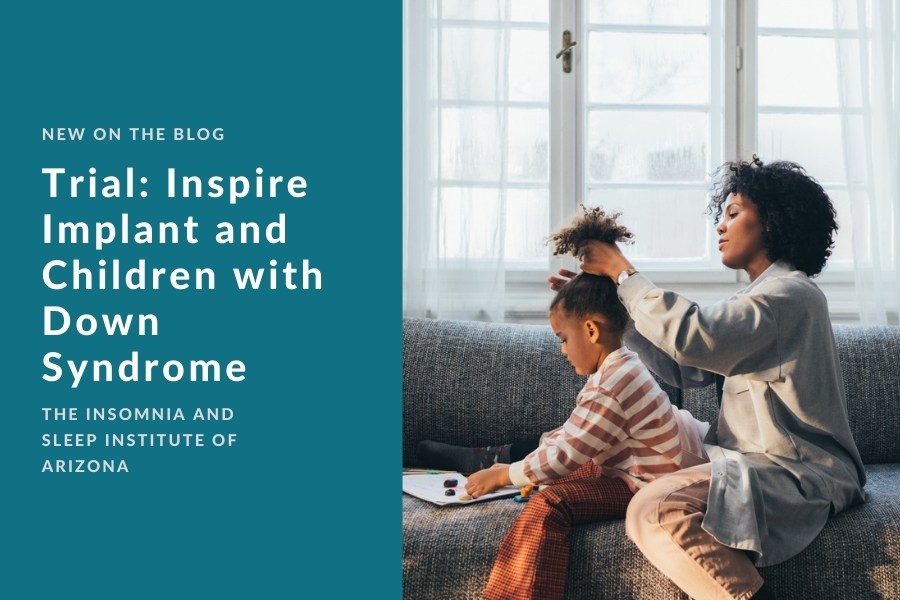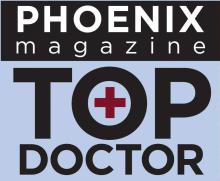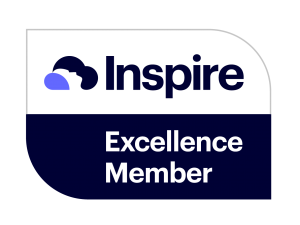Obstructive sleep apnea (OSA) is one of the most common types of sleep disorders and the most common kind of sleep apnea. It is why many patients seek out The Insomnia and Sleep Institute of Arizona, the Face of Sleep Medicine in Arizona and home to triple board-certified founder Dr. Ruchir P. Patel—who also works closely with the maker of Inspire. OSA can happen to anyone of any age. While it is most common in adults, it also occurs in children and particularly children with certain conditions such as Down syndrome. In fact, children with Down syndrome are significantly likelier to have OSA than other children and, unfortunately, traditional therapies like CPAP are not particularly effective in these patients. The Inspire implant is an alternative treatment for those with OSA but, until very recently, had not explicitly been trialed in children with Down syndrome.
For adults, those with OSA must undergo CPAP therapy before they can qualify for the Inspire implant or other more aggressive forms of therapy. CPAP remains the gold standard in OSA management for most people and, when used consistently and correctly, can be highly effective. However, in some cases, it fails or is not the best form of treatment. Working with a sleep specialist to ensure that you have the best CPAP technology for you and that it is corrected fitted is key to a good CPAP experience. However, this is often not possible for children with Down syndrome.
Testing Inspire with Down Syndrome Patients
A recent phase 1 clinical trial analyzed how Inspire Upper Airway Stimulation worked in children with Down syndrome. According to the findings, this approach “significantly decreased the apnea-hypopnea index (AHI) in these patients.” In total, there were 42 participants who were diagnosed with severe OSA. They were 10 – 22 years old and were recruited from around the U.S. All underwent the Inspire implant surgery, a relatively quick and minimally invasive day procedure. Inspire is a hypoglossal nerve stimulator that “forces” the airway open when users go to sleep. The participants were tracked for one year.
After the study, 27 of the patients (66 percent) “responded well” to Inspire. For these patients, their AHI decreased by a minimum of 50 percent. The patients, on average, lessened their AHI by 12.9 events per hour after this treatment. In total, 30 patients, or 73.2 percent, enjoyed an AHI of under 10 events per hour while 14 patients (34.1 percent) had under 5 AHI events per hour. Finally, there were three patients who had just two events per hour. Additionally, parents completed quality of life surveys throughout the year and all reported “significant improvements” in daily behavior, language, and functioning with Inspire.
Inspire is known to be overall safe, and that remained true in this study. The most common complaint is “tongue discomfort,” which five patients in this group also reported. However, all were resolved in just a few weeks. Any treatment can take some getting used to, and it is the same with Inspire. Researchers report that these findings inch them closer to getting enough data so that the Food and Drug Administration (FDA) can approve Inspire for children under the age of 18 when they are also diagnosed with Down syndrome.
A Promising Future for OSA Patients
According to a co-author of the study, “Sleep apnea remains one of the most common conditions that I grapple with working with patients with Down syndrome and their families. Until now, so many of our patients had run out of treatment options, and their health and well-being were declining. Now, with the hypoglossal nerve stimulator treatment, we may have an effective and safe way to treat apnea and maximize brain health for people with Down syndrome.”
Approximately 80 percent of children with Down syndrome have OSA (compared to just five percent of the diagnosed pediatric population—though OSA is notoriously under-diagnosed in all demographics). A child with Down syndrome and OSA has higher instances of “brain fogging,” aggression, and almost 10 points lower IQs when compared to those without OSA. Beyond CPAP, a surgery that removes the tonsils and adenoids has been a common treatment to open the airway for those with Down syndrome. However, studies show that less than 30 percent of patients actually benefit from this treatment. This may be because those with Down syndrome simply have a bigger tongue. Another surgery, a tongue base procedure, is also sometimes prescribed but it is painful and the effectiveness is debatable. CPAP is sometimes prescribed to children with Down syndrome, but adherence is an issue because of sensory challenges. If your child has Down syndrome and OSA, working with a sleep specialist is critical to their well-being. Contact The Insomnia and Sleep Institute today by calling the office or filling out the online contact form.





